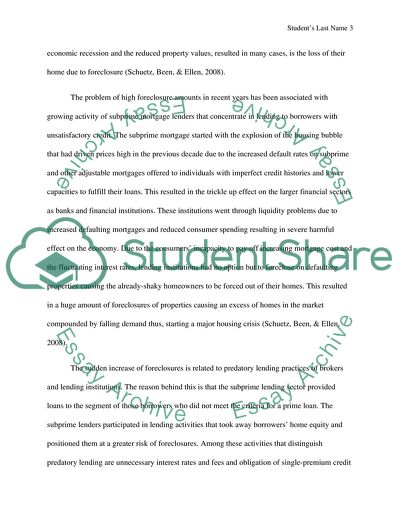Cite this document
(Effects of Foreclosures on a Neighborhood Research Paper, n.d.)
Effects of Foreclosures on a Neighborhood Research Paper. Retrieved from https://studentshare.org/finance-accounting/1744525-effects-of-a-foreclosure-on-a-neighborhood
Effects of Foreclosures on a Neighborhood Research Paper. Retrieved from https://studentshare.org/finance-accounting/1744525-effects-of-a-foreclosure-on-a-neighborhood
(Effects of Foreclosures on a Neighborhood Research Paper)
Effects of Foreclosures on a Neighborhood Research Paper. https://studentshare.org/finance-accounting/1744525-effects-of-a-foreclosure-on-a-neighborhood.
Effects of Foreclosures on a Neighborhood Research Paper. https://studentshare.org/finance-accounting/1744525-effects-of-a-foreclosure-on-a-neighborhood.
“Effects of Foreclosures on a Neighborhood Research Paper”, n.d. https://studentshare.org/finance-accounting/1744525-effects-of-a-foreclosure-on-a-neighborhood.


